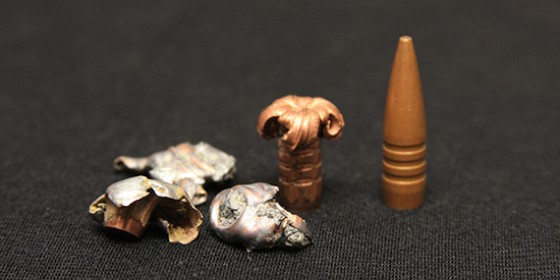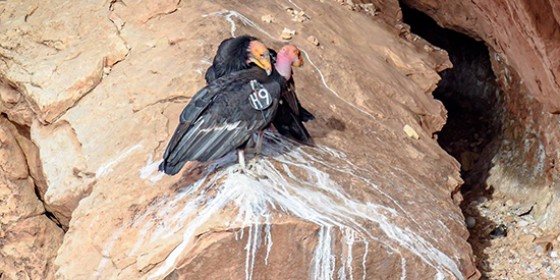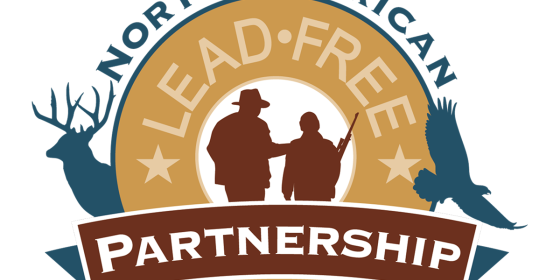Hunters are heroes for scavenging animals, particularly in winter when a gut pile or carcass can prevent starvation. Unfortunately, the smallest trace of lead ammunition in that valuable food source causes unintended side effects.
Unlike monolithic solids such as all-copper bullets, lead bullets can scatter into microscopic fragments. Scientific evidence from numerous sources shows that lead-tainted meat is by far the primary source of lead poisoning in wildlife. An animal that eats lead can be sickened and can die slowly from failure of the central nervous system—certainly not the aim of an informed, ethical shooter.


Alan Clampitt

North American Lead-Free Partnership
Lead was routinely included in paint, fuel, and even food prior to medical discoveries in the last century. And as residents of Flint, Michigan, can attest, ending exposure to this preventable threat is a major undertaking with high stakes—protecting the health of our most vulnerable. Those vulnerable residents include raptors like eagles and vultures whenever remains of shot animals are left in the wild. Even the mighty California Condor, with its nine-foot wingspan, can die after eating lead from ammunition residues.
The Partnership is committed to working with hunters to end lead poisoning of wildlife by increasing the use of lead-free ammunition. The hunting community took steps in 1991 to manage the use of lead shot for waterfowl, with positive results for Bald Eagles and game animals alike. To expand on that protective effect, we’re asking shooters for a simple, voluntary fix: switch to lead-free ammunition for instances where meat or a gutpile might be left for wild animals to scavenge.
In addition to advocating for this voluntary switch, The Partnership supports ongoing research about lead exposure pathways. Sound science is one of the pillars of American hunters’ conservation ethic, and the partnership’s roots are in long-established, well-respected scientific organizations.
The Partnership does not seek to ban lead ammunition, firearms, or hunting. Its singular focus is safeguarding wildlife—an achievable goal with the help of hunters, America’s first conservationists.






